Birth Control For Teens: 9 Most Effective Options
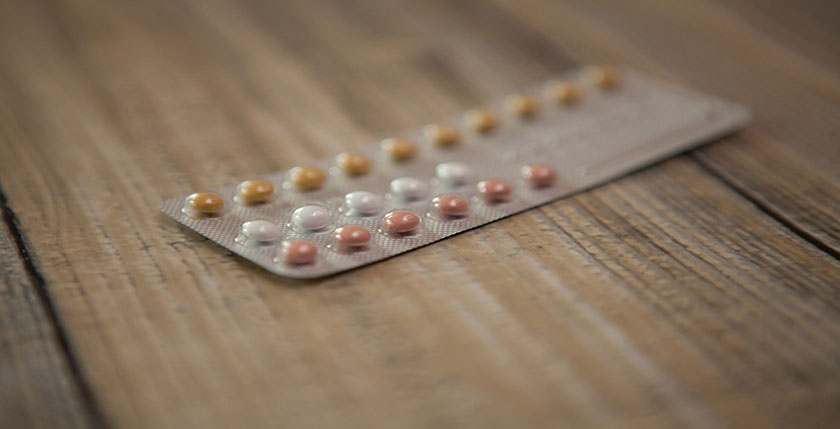
In this article, we’ll discuss the best birth control options available for teens.
Overview
If you are in your teens, and sexually intimate often, then it is the time to think about successful birth control methods you can use. You may be able to access healthcare either on your own or in accompaniment with your elders. In the below-given post, we have talked about the best birth control for teens. You may use any of these options as per your suitability.
Best Birth Control For Teens
1. Birth Control Pill
The oral contraceptive pill is 91% successful. There are two types of pills. The first type is the combination pill. It contains both progesterone and estrogen. These are the two female sex hormones. These hormones control your menstrual cycle. The pill has to be taken every day consistently. The second type is the progestin-only pill containing only progesterone. But these are usually not prescribed for teenagers. Your doctor will guide you through the dosage indication and what to do in case you miss a dose.
- Some of the benefits of birth control pills (like Lo Ovral or Yasmin pill) are lighter periods, reduced acne, fewer cramps, and reduced risk of endometrial and ovarian cancer, and iron-deficiency anemia.
- Some of the common side effects are nausea, headache, and breast tenderness.
- In a few cases, you may experience serious side effects such as migraine, stroke, blood clots, etc.
2. Birth Control Implant
It is more than 99% successful. The implant is a flexible plastic and a thin piece like that of matchstick’s size. It has a female sex hormone. The doctor will place the implant under the skin of your upper arm. This is a form of a long-term contraceptive. It is very efficient and useful as it does not need replacement until 3 years.
- So, you do not have to remember to do anything for 3 years and yet stay protected from an unplanned pregnancy.
- The implant contains the progestin hormone. This hormone is responsible to prevent the ovary from releasing an egg.
- Some of the side effects are weight gain, irregular bleeding, acne, and headache.
3. Progestin Injection
The efficacy rate of this birth control measure is 94%. It is a shot that contains a hormone responsible for the prevention of ovaries releasing an egg. The injection remains effective for at least 3 months. Thus, it is one of the long-lasting protections against unintended pregnancies. You have to visit the doctor only once every 3 months to get the shot of the hormone. The shot may also protect you against iron-deficiency anemia and endometrial cancer. You will also experience lighter periods and fewer cramps.
- Some of the side effects are weight gain, light spotting, increased risk of blood clots, and irregular bleeding. However, these improve with time.
- After discontinuation of progestin injection, it can take up to 1 year to 2 years for your fertility to return.
- It may disrupt the normal increase in bone density. However, after the discontinuation of this method, the problem ceases.
4. IUD or Intrauterine Device
This contraceptive device is more than 99% successful. It is a flexible and small T-shaped device. The doctor will insert it into your uterus. There are two types of IUDs basically. The first one is the Copper IUD, which does not have hormones. It does not need a replacement for 10 years. The second one is the hormonal IUD. It contains a birth control hormone. The device does not need a replacement for 3 years to 5 years.
- Options are available in non-hormonal and hormonal types of intrauterine devices.
- IUDs are an effective, safe, and long-term form of contraceptive method.
- This is why teens using it can prevent unintended pregnancy for years together without doing anything every day or every week.
- You may encounter lighter periods and fewer cramps.
Some of the side effects include spotting and irregular bleeding. You may experience cramping and pain for a short duration after the device’s insertion. If you get a copper IUD, then initially you may experience spotting, increased menstrual cramping, and heavier bleeding. But these symptoms reduce over time.
5. Birth Control Skin Patch
The skin patch is 91% effective to prevent pregnancy. The patch has hormones. These hormones get absorbed into the skin. The hormones then prevent the ovaries from giving out an egg. You need to replace the skin patch once a week, and repeat the exercise for 3 weeks. After this, you have to keep the patch removed for 1 week. In this duration, you will get your periods. Advantages of this contraception method are fewer cramps, lighter periods, and reduction in acne.
- You may find it hard to remember when to change the patch every week. So it is best to set a reminder about removal and placing of the patch.
- Some of the side effects are skin irritation, breast tenderness, headache, and nausea.
- The skin patch may increase the risks of blood clots but that is uncommon.
- The patch will be visible to others if not covered under clothing.
6. Contraceptive Vaginal Ring
This method of birth control is 91% effective. You need to insert the ring into your vagina. This has to be done once a month. The vaginal ring, like NuvaRing Generic, has to be in place for 3 weeks. After this, you have to remove it for 1 week. In this duration of a week, you will get your periods. The ring contains hormones that disallow ovaries from releasing an egg.
- The ring reduces acne, cramps, and causes lighter periods. However, it may increase the risk of blood clots for some.
- It can also be difficult for you to remember when to replace the ring every month. So, you may want to make a note of the insertion and removal date of the ring and set a reminder.
- Some of the side effects include vaginal discharge, nausea, breast tenderness, and headache.
7. Male Condom
The success rate of a male condom ranges between 85% and 88%. It is a thin sheath of rubber. The male user has to slip the condom over his penile organ. The condom acts as a barrier. It keeps semen from entering the vagina. Thus, the male condom prevents pregnancy. Another advantage of this birth control measure is that it protects against sexually transmitted diseases and infections.
- You can purchase a condom without a prescription. It is also inexpensive and easy to use.
- A condom is more effective when you use it in combination with other pregnancy prevention methods.
- You have to use it correctly every time as the condom may slip off or break during intercourse.
- Men who are allergic to latex can switch to polyisoprene or polyurethane condom.
8. Vaginal Pouch or Female Condom
A vaginal pouch has a success rate of only 79%. The female condom is a pouch with two flexible rings. One of the rings fits inside and the other fits outside the vagina. When the pouch is properly placed, the closed-end protects the cervix by shielding it. The ringed open covers the labia so it hangs outside the vagina. On the other hand, the sheath lines the vaginal walls.
- A female condom is available without a prescription. It is helpful as a contraceptive. It also protects against STDs and STIs.
- A vaginal pouch can work better in a combination with another birth control method.
- A female condom may be difficult to insert but with a few trials, you will get the hang of it.
- It may however slip out during intercourse. Also, a vaginal pouch is more expensive than the male condom.
9. Emergency Contraception
Sometimes you may forget to use birth control or the condom may slip or break. In such a case, emergency contraception is the only option to prevent an unplanned pregnancy. An emergency contraceptive is an oral pill that has progestin hormones.
Usually, it is available over-the-counter and accessible to teenagers. You must take the pill as soon as possible after unprotected intercourse or maximum within the first 5 days to get results. At the end of using the medication, you will get your periods.
Birth Control For Teens: Conclusion
The above-mentioned birth control methods are best for teenagers and for women in the later years of their life. If you are a teen and sexually active, then you may use any of the above-mentioned options to safeguard against unplanned pregnancy. If you can consult a doctor, then it is best to seek the advice of a professional for birth control guidance.
March 23, 2020 Sam Bell




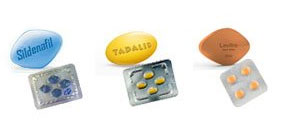

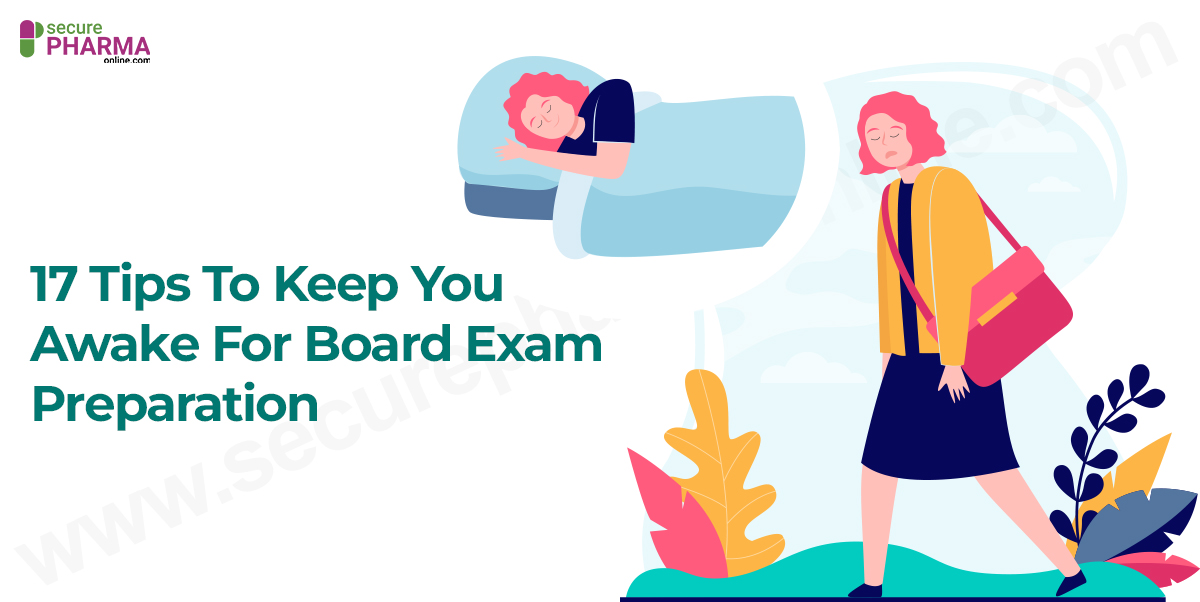
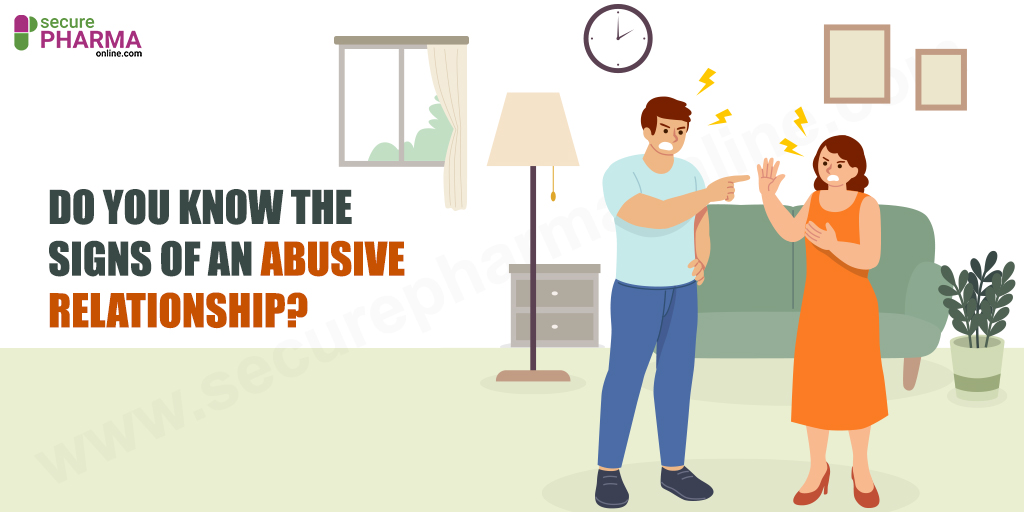

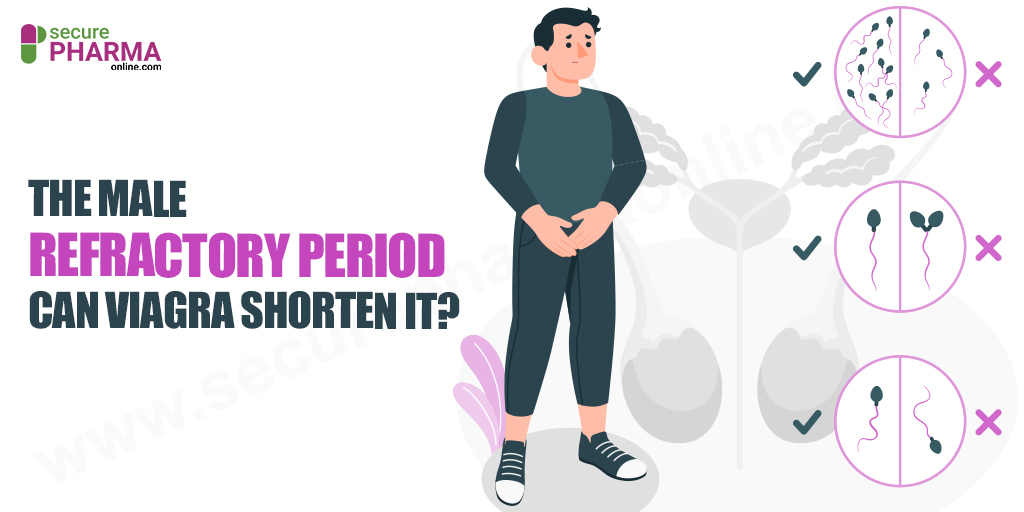

Comments